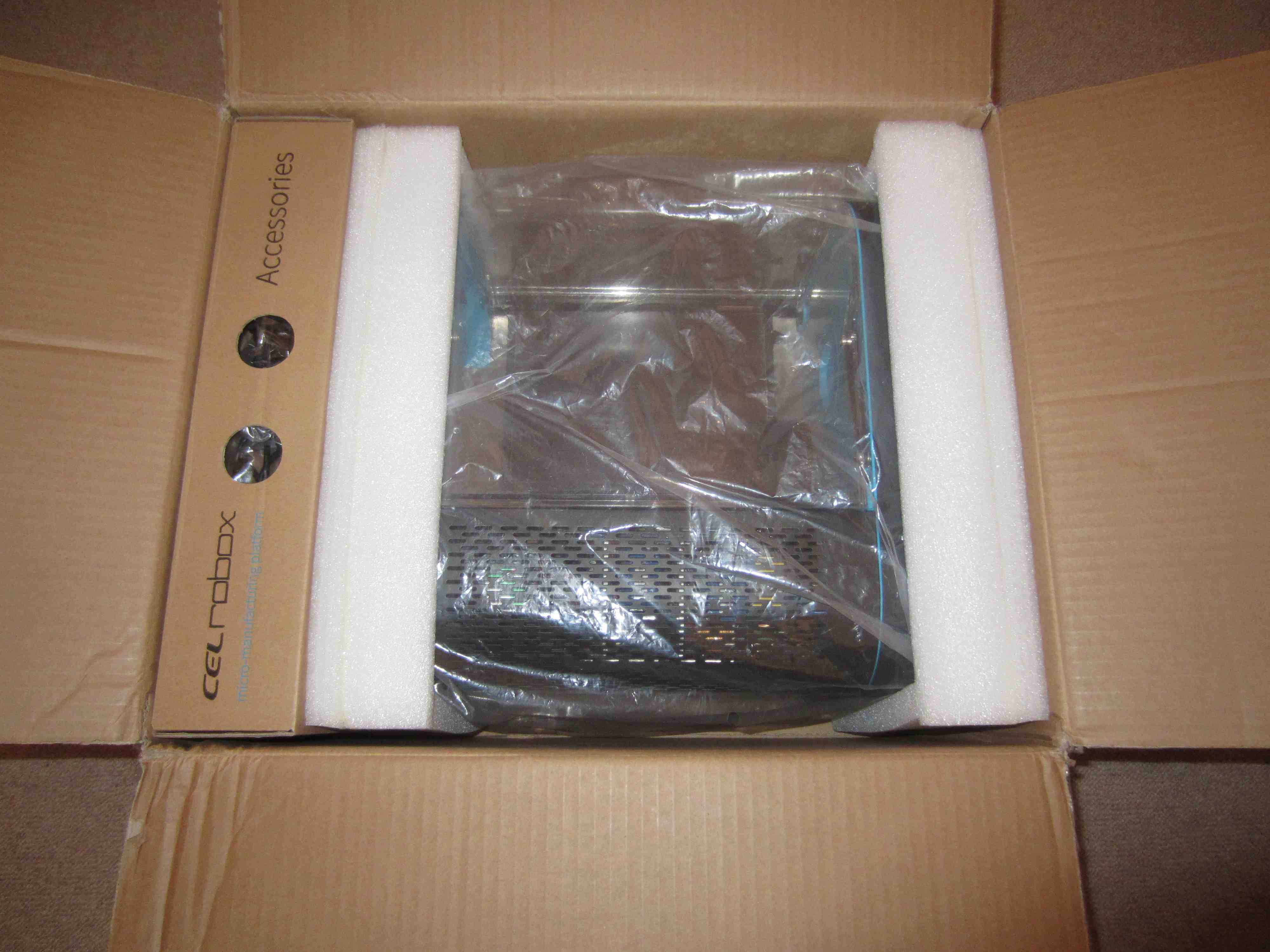This article is more than 1 year old
Robox: How good could a sub-£1k 3D printer be?
Home-3D-printed parts are inherently weak, BUT...
The art of rapid prototyping
If you do have the luxury of a 3D scanner, then there is considerable work to be done cleaning up any scans before they can finally be sent to the print nozzles. If you model stuff in CAD, you need to measure what you want to copy, and then model it, and this all takes time. You might be lucky and find some part that has already been designed for your particular requirement.
Where these devices come into their own is being able to design custom parts and realise them fairly quickly. Either as finished parts, or, prototypes before making them out of something more suitable. For this, home 3D printers are great.
You can design something for a particular purpose. Something that hasn’t existed before. Then print it, see if it works, if it doesn’t, you can change the model, print it again. Rapid prototyping.
If you have ever had anything machined, you will know the big cost of making that first one, the tooling up costs. If you aren’t sure it is going to work, that can be a lot of money wasted to find a hole is in the wrong place and have to start again.

The Robox comes with quick start instructions, complete, and ready to run.
But the Robox can simplify that process. It comes in a small brown box. The quick start instructions even tell you how to unpack it. Perhaps a little overkill on that, but it is very nicely packed. It is complete, ready to run. In fact, I started unpacking mine at 9:30pm, after a take-away and a beer, and was into my first successful print by 9:45pm.
The first print was actually out before this, but is best forgotten. First rule of printing - make sure the build pattern is clean, that’s why they supply the alcohol wipes. There’s no point going through plugging it in, loading the software (from a supplied USB stick) and loading up one of their models.
If you struggle with that, then you really need help. The quick start guide stops short of telling you how to print, it has spent most of it’s time explaining how to get the printer out of the box. You can either wing it (who reads manuals anyway) or have a look at the very nice full manual on the USB.
However, the software it shows doesn’t quite match the current versions, which is unfortunate. I spent ages looking for all the hidden features, the setup and calibration menus, which I only found as my unit had to go back.
Spoiler alert: There is no setup gear-wheel in the top right corner, there are however, three vertical dots on a bar down the center of the screen, which expands out all the trick stuff. I don’t think I’m the only one to miss this.
So back to the printer. It’s the size of a modern, tiny laser printer. Smaller than the old all-in-one I have, so it fits really nicely on a desk. It’s not big, the size of parts it can make (210x150x100mm) is small. However, these things are not designed for big stuff. If you want to print a tall vase, this probably isn’t the printer for you. There are some out there that can do a basketball. Why?
Small stuff is slow enough, big stuff must be excruciating on a home device. I’ve seen full-size V10 engines and gearboxes printed. That is both expensive and slow, even on a machine big enough to get inside.
